
Because the sclerophyll vegetation tends to be evergreen, the scrublands form an ecosystem that looks always green. The plants have aerial and underground structures that are modified to withstand the water shortages that affect their lives. It will be clearly visible in the area you see here.
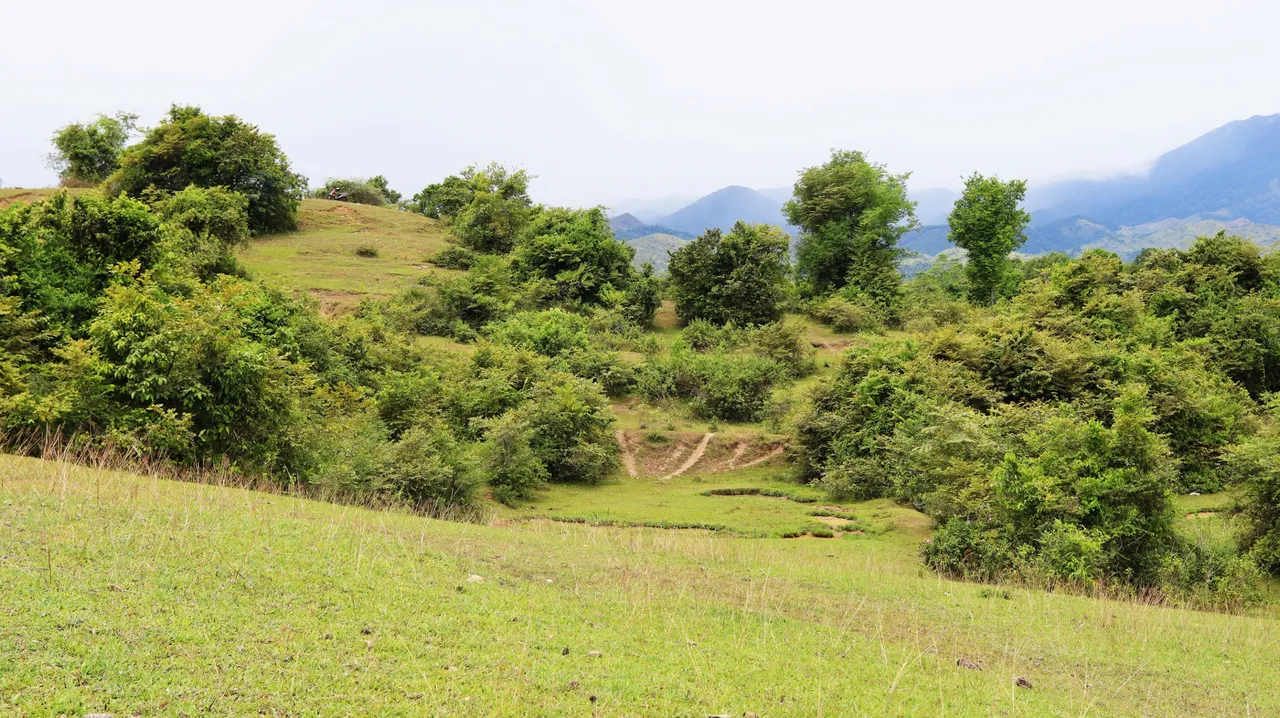
The hard and stiff leaves you find there are not without meaning. It can inhibit transpiration and prevent water loss during times of infrequent rain. Therefore they will not lose their leaves. In addition, sclerophyll plants also use various strategies to adapt to fire, high rainfall and nutritional deficiencies. It deserves admiration for that, and because of them, the greenness seems something absolute there. But that in no way means that you will miss out on the other colors there as is common in tropical rainforests. You'll find other interesting colors, and I went to track down other colors besides green.
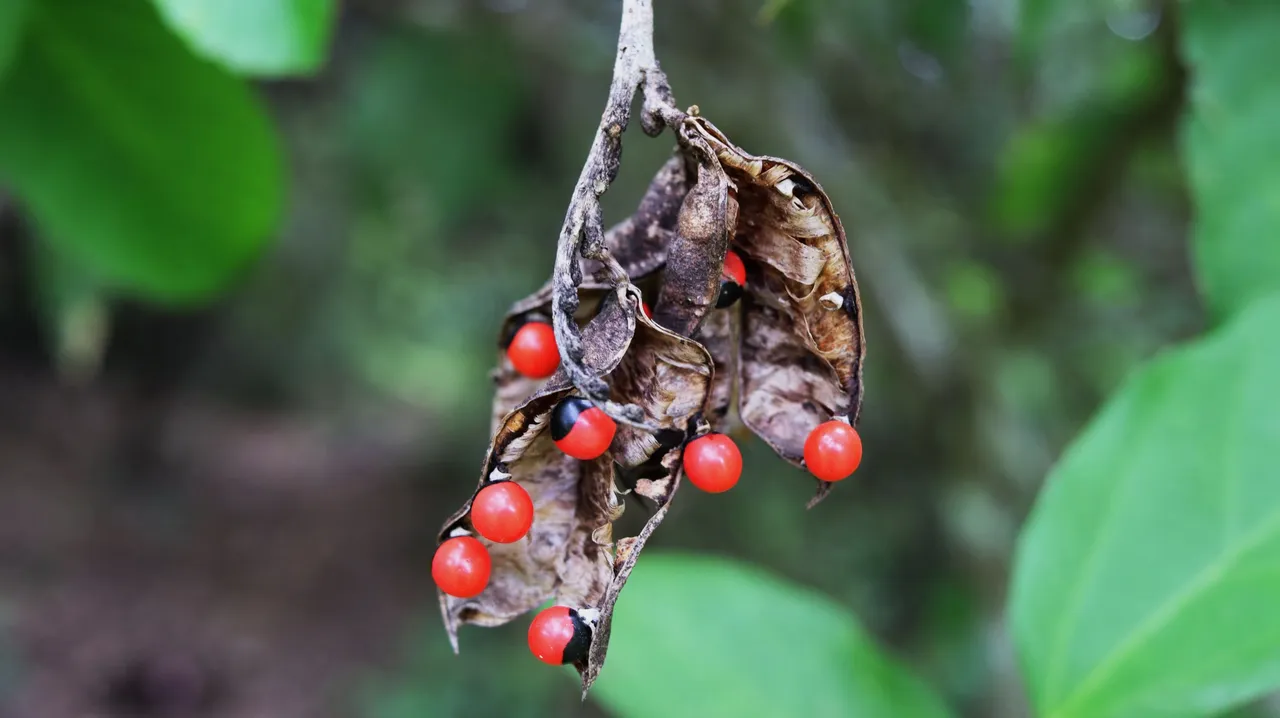
These are seeds from the fruit of a liana species that climbs trees in search of direct sunlight. When the fruit is dry, the skin peels off, revealing the hard seeds of black and red color.
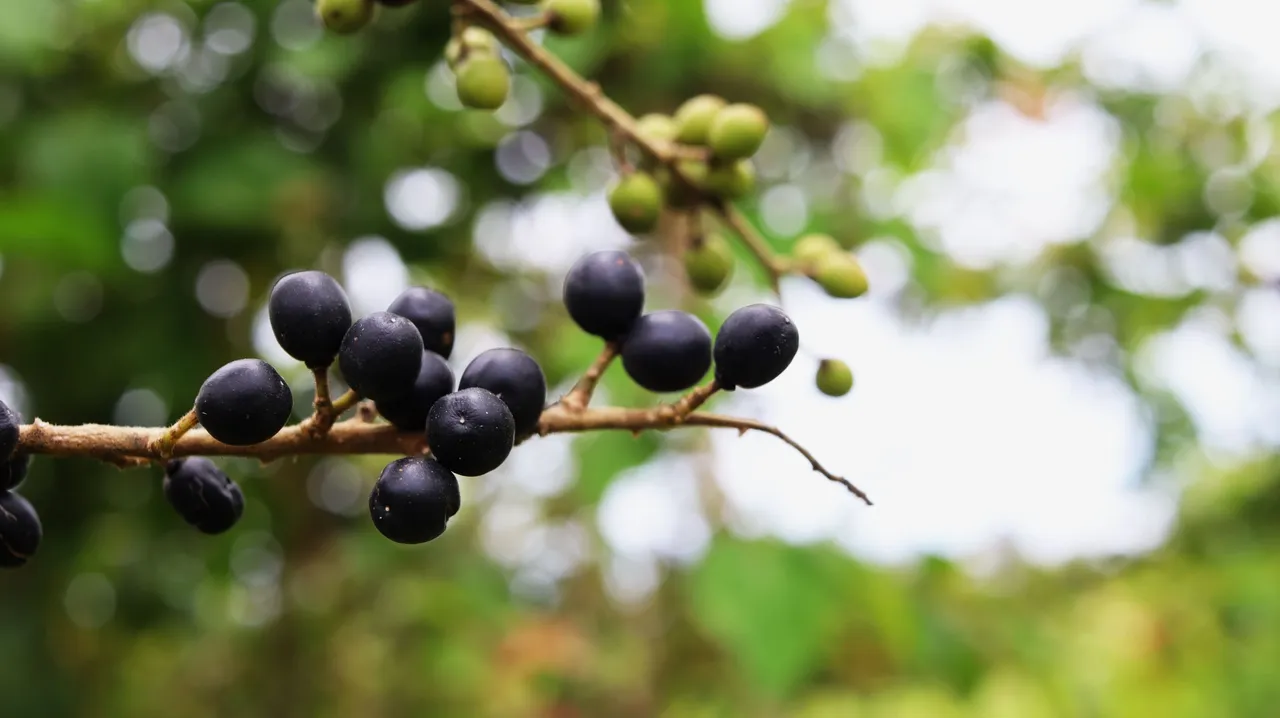
Fresh fruit from a bush, green when unripe and black when ripe.
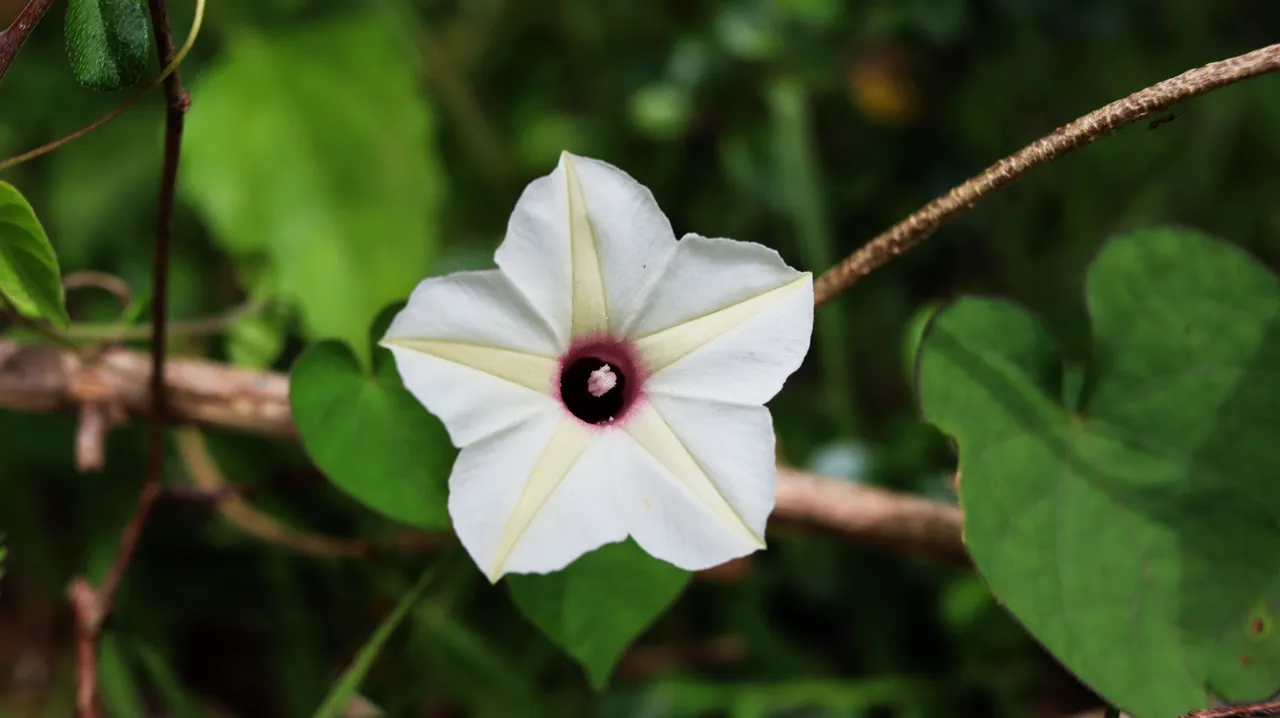
A flower with white petals, centered by cream in the star-shaped part, and purple in the very center.
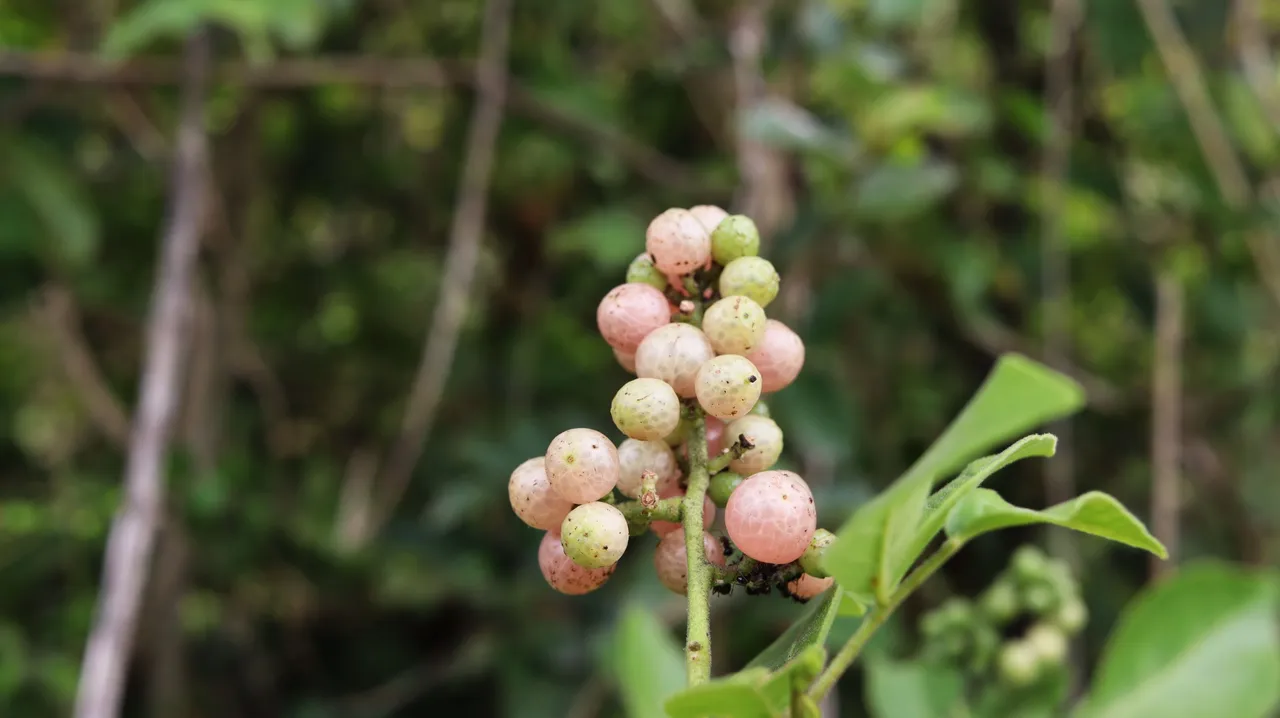
The fruits of a bush plant, are pink when ripe and show some kind of spots in the flesh.
Some insects will also add some of the variety of colors you can find in the scrubland.
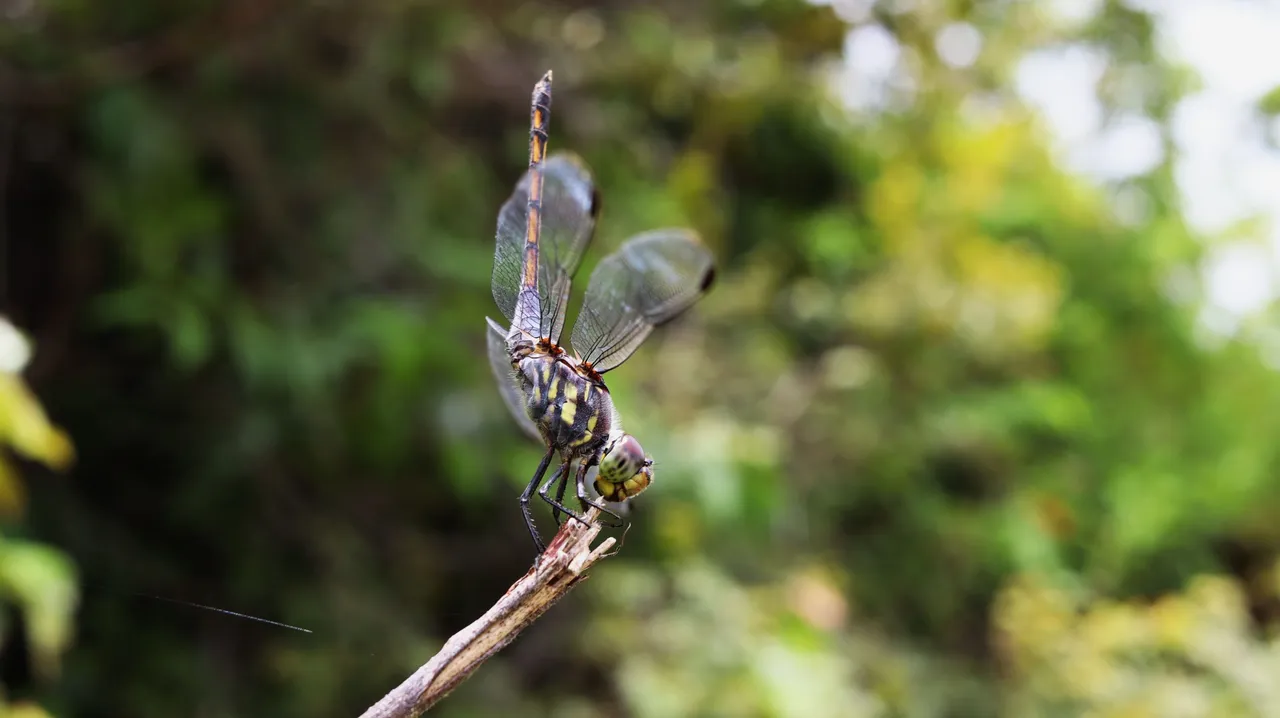

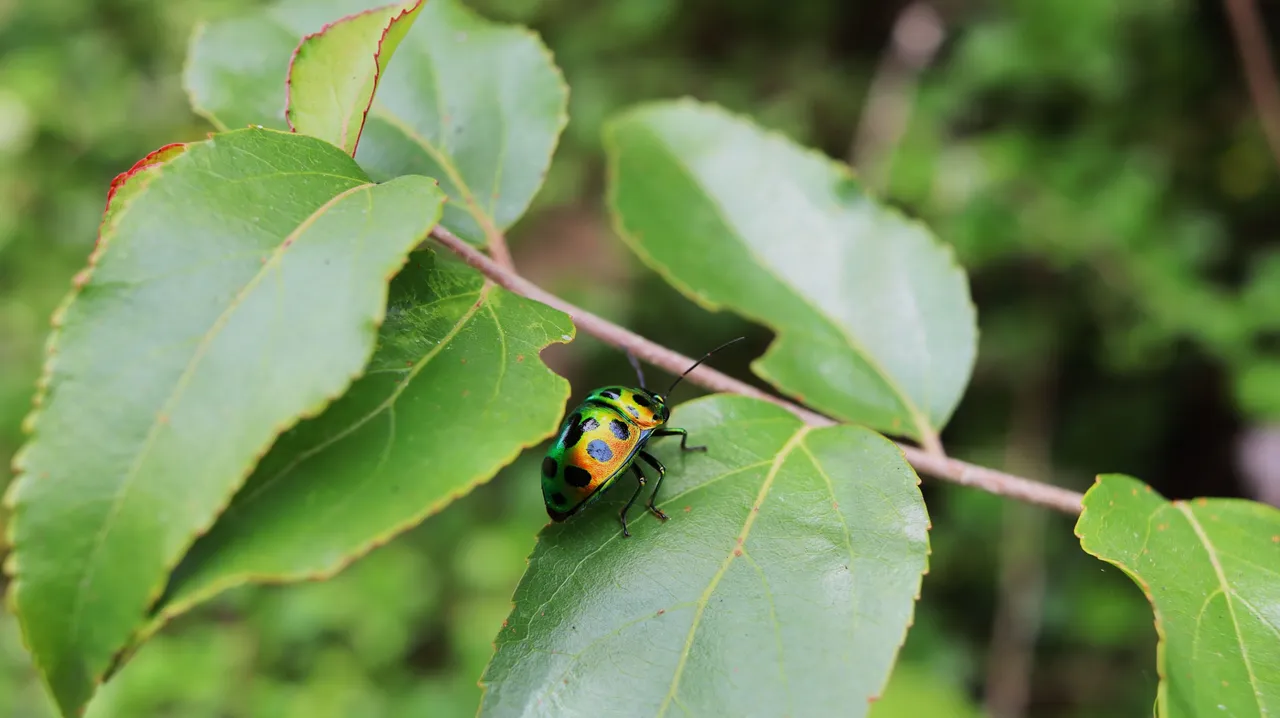

A white feather that fell and got stuck in a branch of a bush.

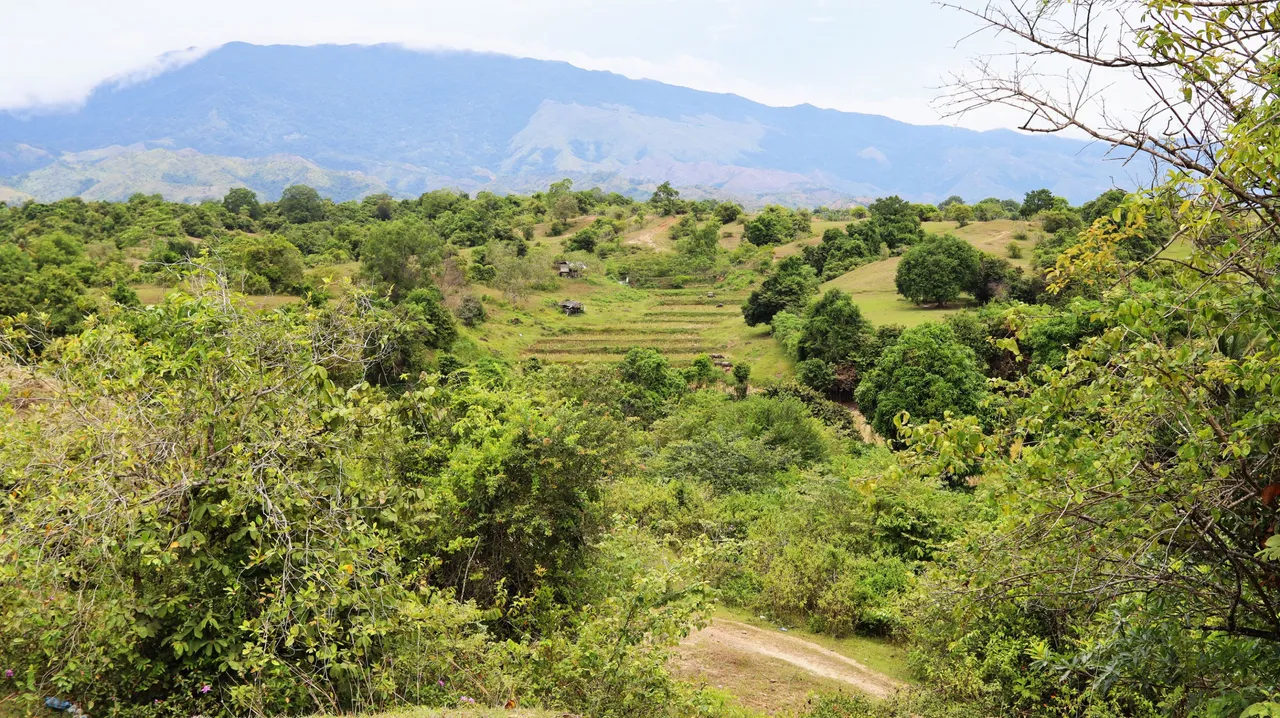
Readings:
Shrubland
Sclerophyll
